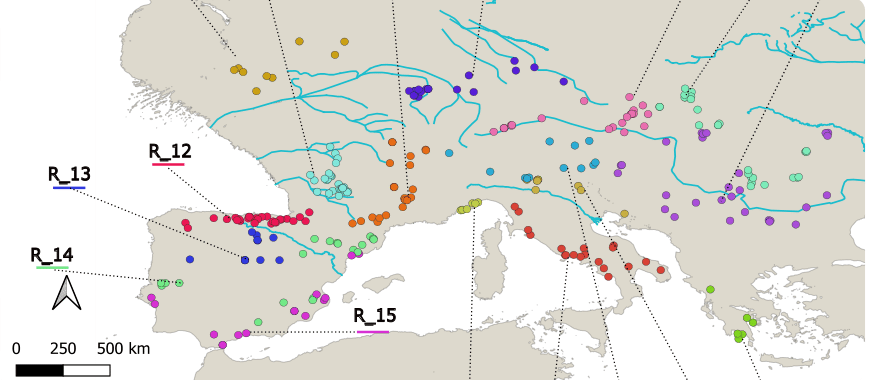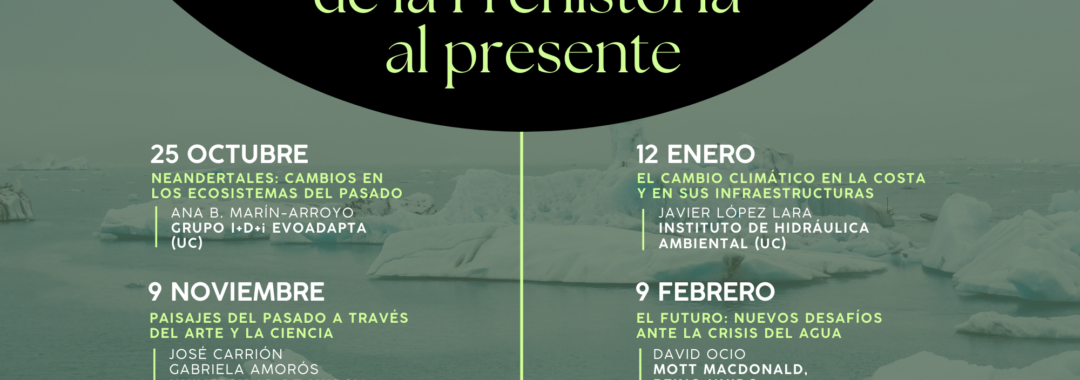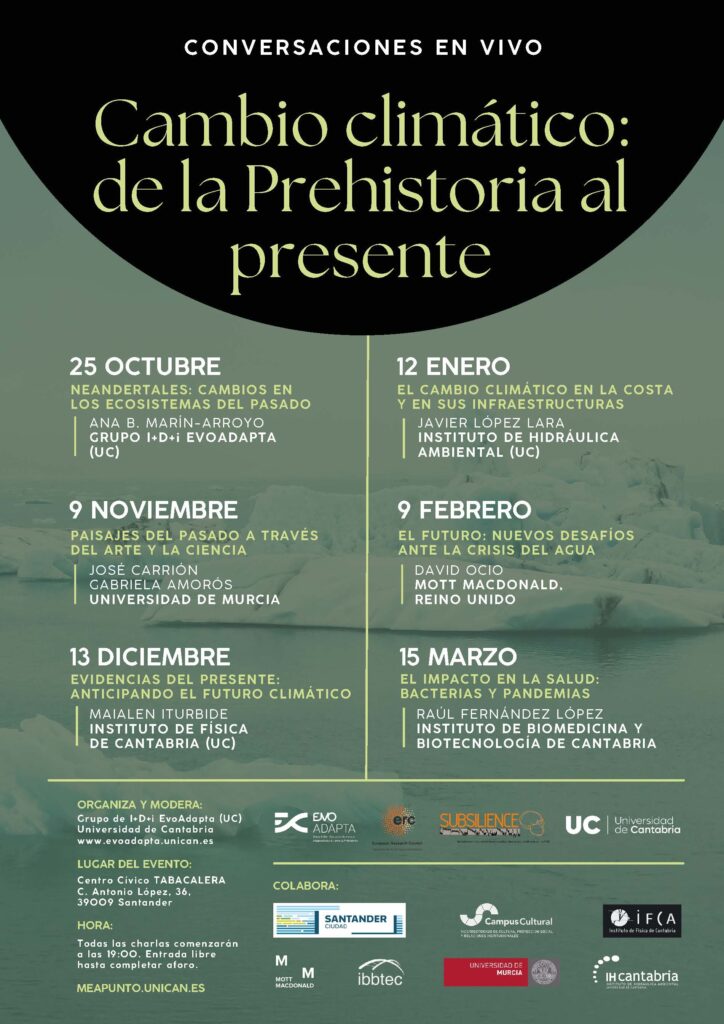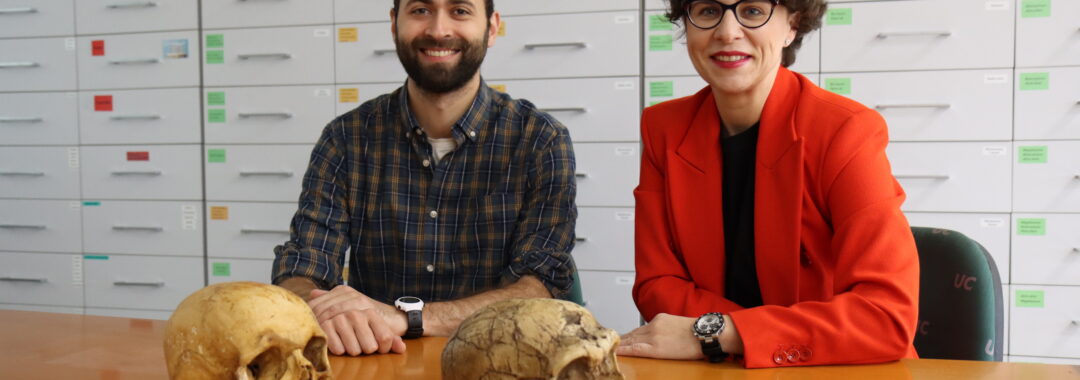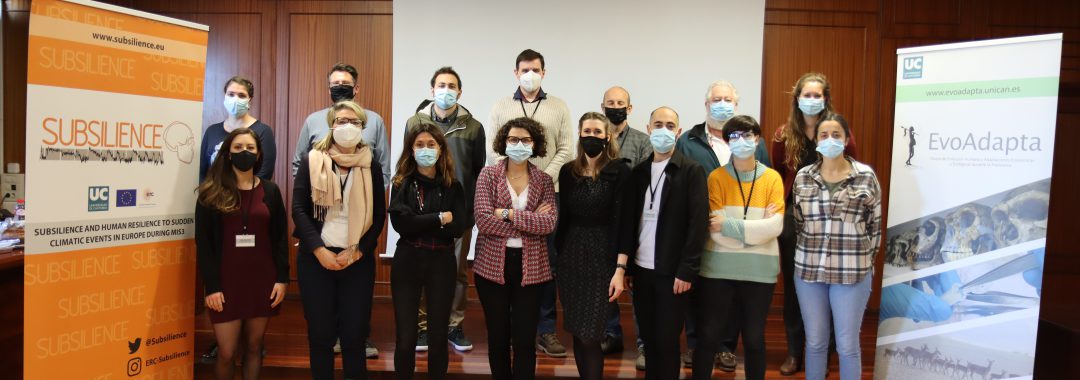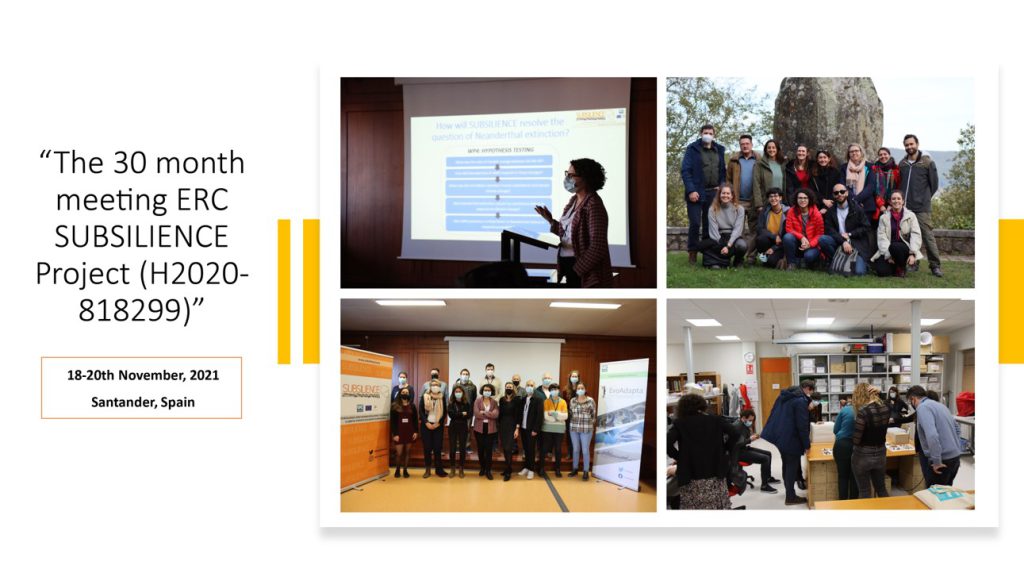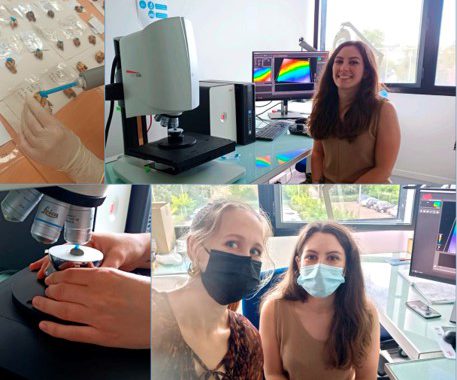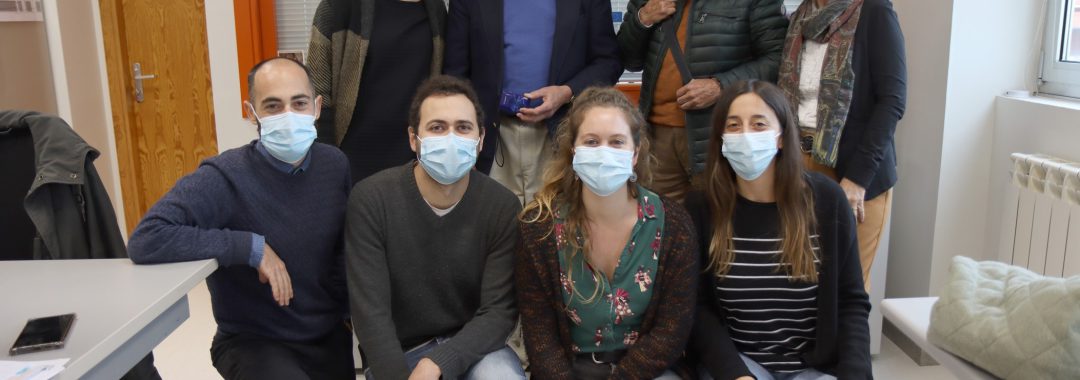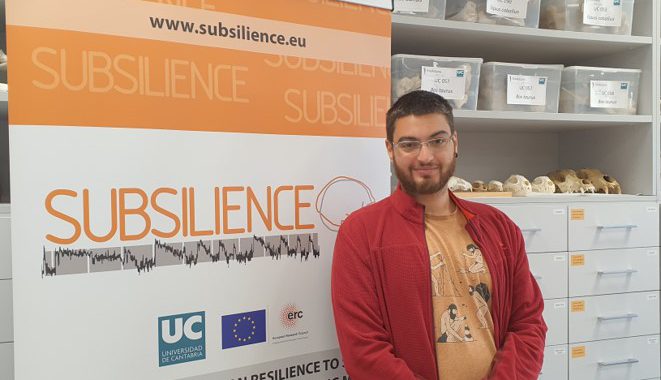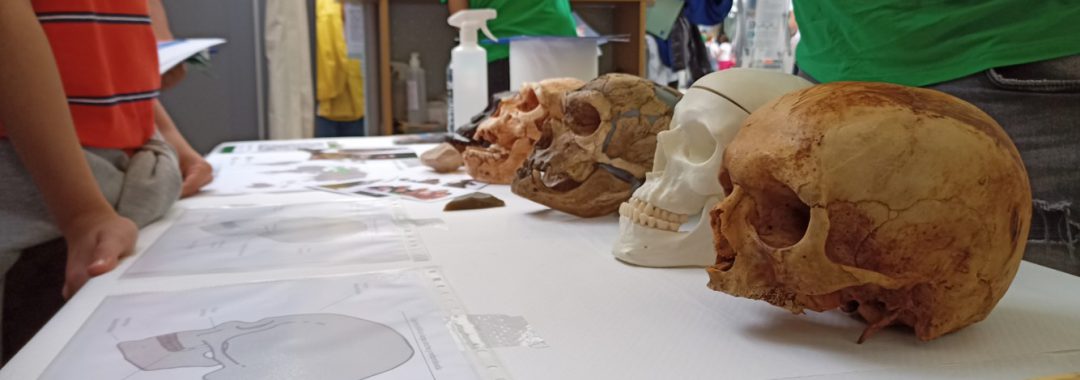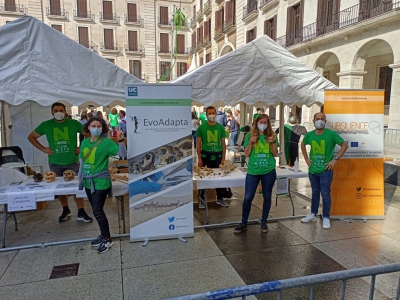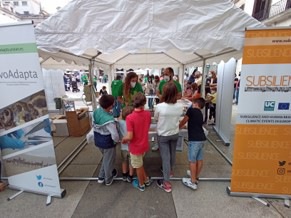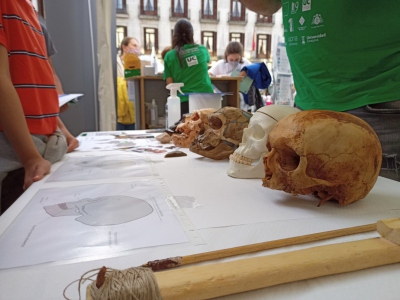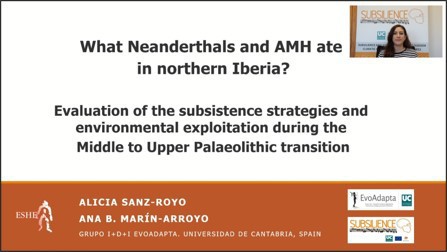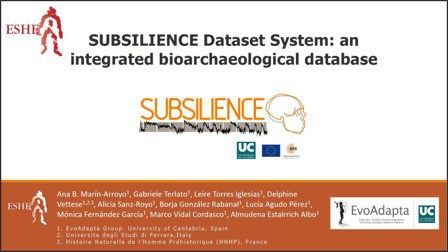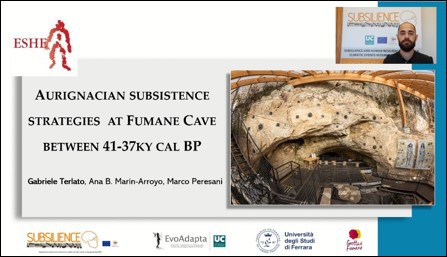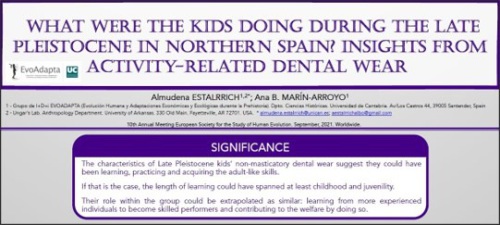Coexistence of Neanderthals and Homo sapiens in Europe Influenced by Herbivore Abundance
Led by researchers from the University of Cantabria and published in the journal Science Advances, this is the first study to assess the causes of the disappearance of Neanderthals at a European level
The scientific community has proposed two main hypotheses to explain the decline and ultimate extinction of Neanderthals: climate change and the appearance of early Homo sapiens. Both factors directly impacted the availability of food resources in nature. However, until now, the effect of these two causes on herbivore populations, a primary source of human diet, had not been quantified. Researchers from the EvoAdapta group at the University of Cantabria, Ana B. Marín-Arroyo and Marco Vidal Cordasco, are evaluating, for the first time at a European scale, the causes of the disappearance of Neanderthals during the transition from the Middle to Upper Paleolithic as part of the ERC SUBSILIENCE project (ERCEA-818299).
The study, titled Neanderthal coexistence with Homo sapiens in Europe was affected by herbivore carrying capacity, has been published in the American scientific journal Science Advances and proposes a new hypothesis: differences in herbivore abundance between regions resulted in unequal food availability, affecting competition between species and the coexistence between Neanderthals and Homo sapiens.
Research Objectives
The main factors analyzed in this study were to quantify the productivity of terrestrial ecosystems during the last glacial period or Marine Isotope Stage 3 (MIS3) in each European region, provide an updated chronological framework for the transition from the Middle to Upper Paleolithic, and evaluate the association between ecosystem productivity and the spatial and temporal patterns of Neanderthal replacement by H. sapiens across the continent.
Key Findings
The results show that in regions where Neanderthals disappeared before the arrival of H. sapiens, the potential availability of exploitable herbivores was lower than in areas where both species coexisted. It has also been observed that there is an association between herbivore carrying capacity and the duration of coexistence between sapiens and Neanderthals. When herbivore abundance is higher, the period of coexistence between both species is longer.
These findings expand upon previous research published in Nature Ecology & Evolution and suggest that with the arrival of H. sapiens in Europe, trophic pressure on available resources likely increased, but with varying effects in different continental regions. In areas with greater food resource abundance (Southern France, Danube Basin, Rhone Basin, Mediterranean areas of the Iberian Peninsula), competition would have been lower, and the coexistence between both species more prolonged.
Methods Employed
Through various multidisciplinary methods, it was possible to determine how the carrying capacity of European ecosystems affected regional differences in the timing of Neanderthal replacement by our species. First, a wide range of datings and herbivore species recovered from archaeopaleontological levels dated in MIS3 (the coldest period in Europe) were compiled. Climate simulation was obtained from a general atmospheric circulation model validated with two different paleoclimatic indicators: pollen records and stable isotopes obtained from stalagmites. This allowed for the estimation of Net Primary Productivity (NPP) in the vicinity of each archaeological and paleontological site between 55,000 and 30,000 years before present.
Furthermore, European biogeographic regions were defined based on paleoclimatic conditions, faunal composition, and temporal trends in NPP during the study period. An updated chronology of Neanderthal disappearance and replacement by early H. sapiens in each European region was established using Bayesian models, a common method in archaeology, and optimal linear estimates, a methodology widely used in ecology to estimate the extinction time of species but still rarely used in archaeology.
Finally, a macroecological model validated with current observations was used to estimate the carrying capacity of herbivore species in each region through a regression analysis that incorporates uncertainty in chronological and ecological estimates.

